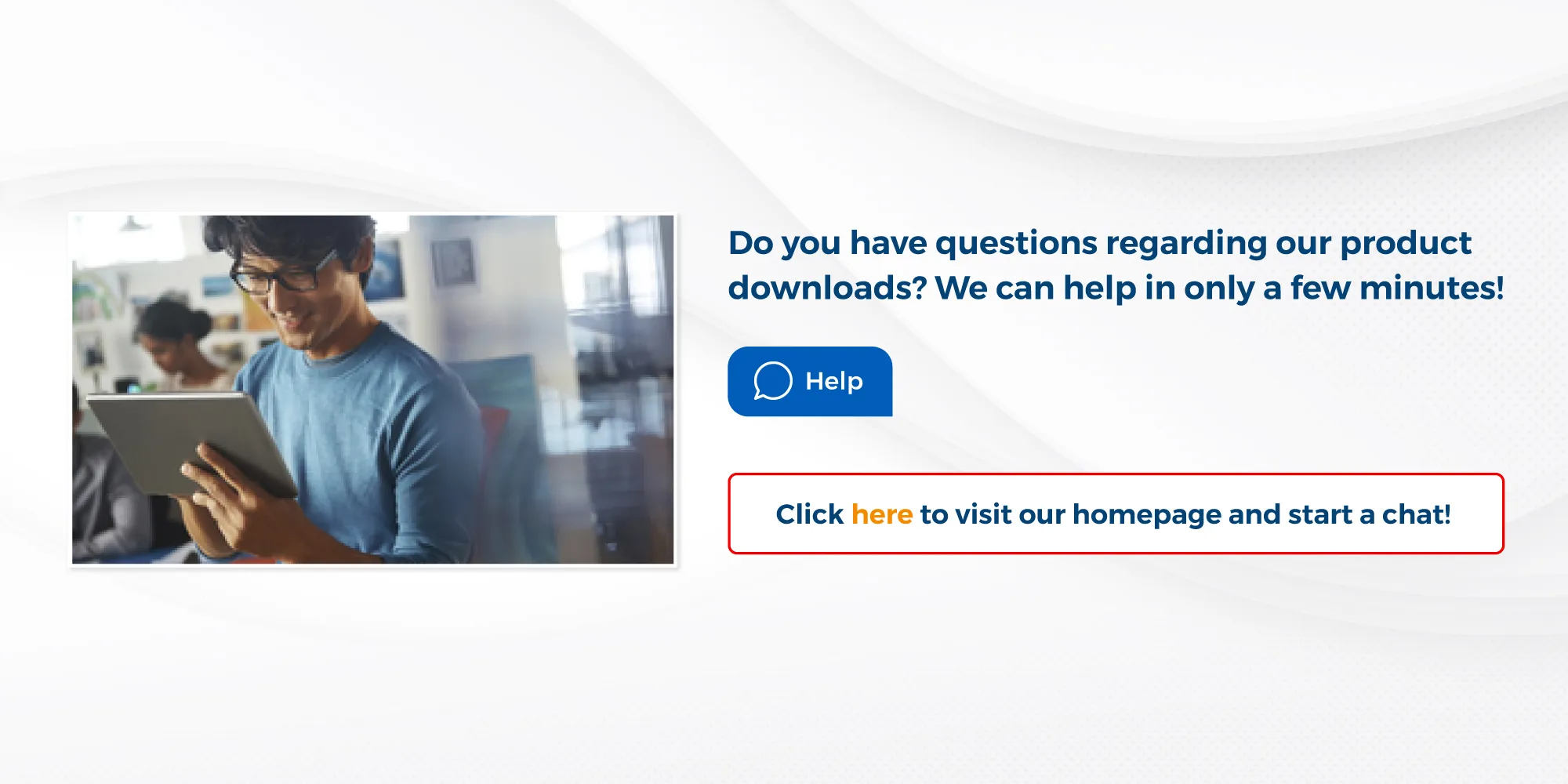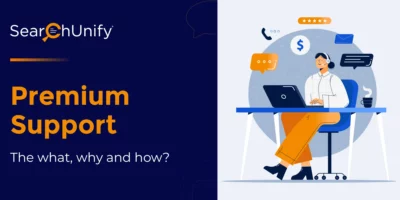
My clients are all hyper-focused on helping their customers to help themselves, otherwise known as self-service success. They build Support Communities and publish Knowledge Articles and Product Documentation within them. They regularly update this existing content and publish new content as soon as it’s needed. They monitor search terms, incorporate their customers’ language into their content, maintain a running list of synonyms, perform search tuning, leverage advertisements, and deploy chat bots. For anyone inclined to self-serve, my clients make sure the help they need is front and center.
They’re passionate about doing so (of course – they wouldn’t be in the Service & Support industry if they weren’t), but their diligence also has to do with the demands of their leadership. Assisted service (i.e., Technical Support, Live Chat) is expensive. A 2023 article on self-service success published in Business 2 Community cites a McKinsey study that estimated that assisted service interactions cost almost 10 times more than self-service. With such a dramatic difference, it’d be hard to argue that cost savings isn’t contributing to the hustle.
So that’s the big picture, that’s the forest. Service & Support practitioners and their leadership have no trouble seeing it. As a search consultant, what strikes me is the number of times I see the need to focus more on the trees. After all, the devil is in the details (or in the trees?), but sometimes it takes a fresh pair of eyes to spot that sneaky so-and-so. Naturally, I have an example.
While preparing an EBR for one of my clients, I noticed that, month over month, queries around “downloads” were appearing in their top searches. I had to go back in my notes and remind myself of what my stakeholder and I had planned to make sure those questions were being properly answered. Ah, yes! My stakeholder had created an ad to tell their customers where to go for product downloads. Then it occurred to me that I’d never actually seen the ad, so I went into their Community and triggered it.
Can you see what’s wrong with this picture?

Well, do you think the ad was accomplishing its goal? Not exactly. Why? It didn’t tell customers where to go to download their product. My client had recently built a Downloads page in their Community for precisely this purpose. Instead of pointing customers there, the ad directed them to a live agent, who, to be clear, could absolutely help, but why do that when you have a perfectly lovely page where customers can do it themselves?
My client was grateful for my discovery and corrected it straightaway. I’m now pleased to report success! To date, since we made the adjustment, the ad has ushered 395 users to the downloads page. Assuming everyone’s download questions were answered, and assuming all would have visited support had they not found their answers, then we’ve delivered an ROI of $19,750 with this one ad. Having done that in just over 3 months, then, by the end of 12 months, the client will have recouped the cost of their first-year SearchUnify subscription. (This calculation is based on a conservative estimate of $50/tech support contact.)
So what have we learned from this experience?
- For consultants: When you’re suggesting ways to improve a client’s customer’s journey, it’s essential to experience the journey for yourself – before and after the implementation.
- For Support & Self-Service practitioners: Check and double-check that changes you make to your processes or content or customer pathways align with your goals.
- For us all: Little things can mean a lot (of ROI magic).
If all this makes sense to you, and you, too, are looking forward to personalized practices and offerings to elevate your support and self-service outcomes, we have comprehensive enterprise consulting services lined up for you. Request a discovery call today!









